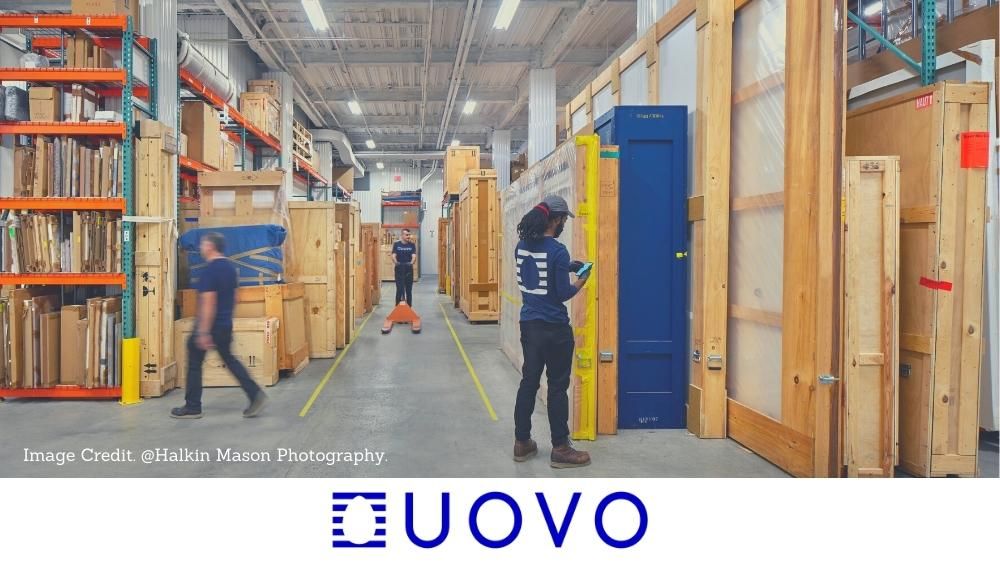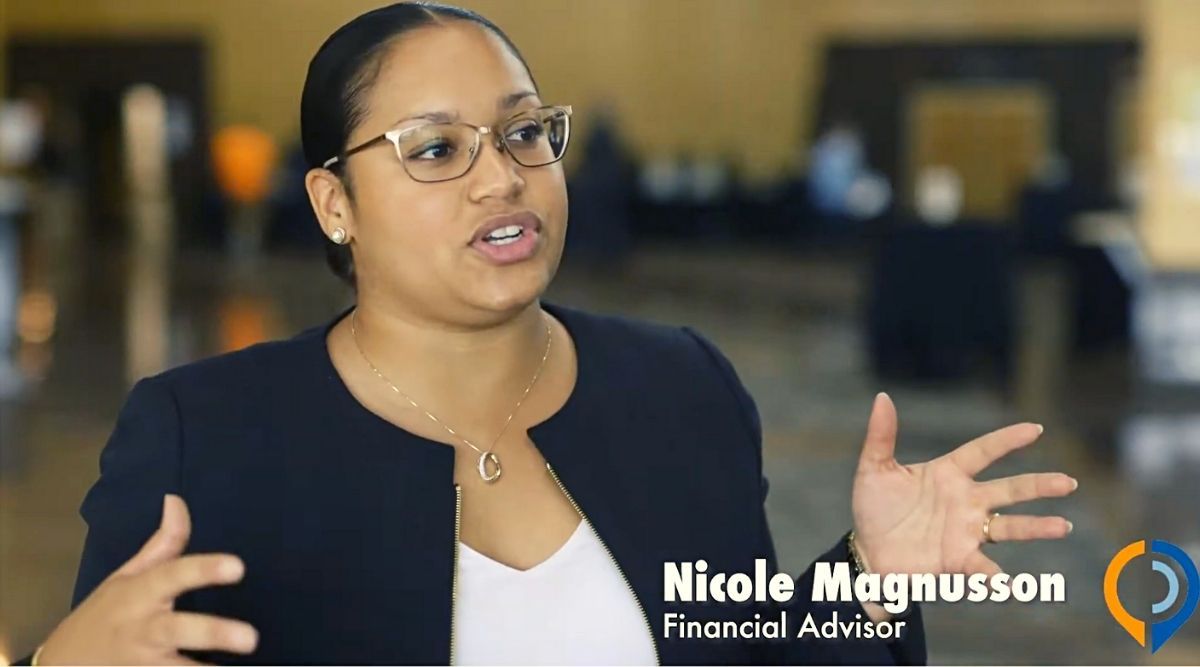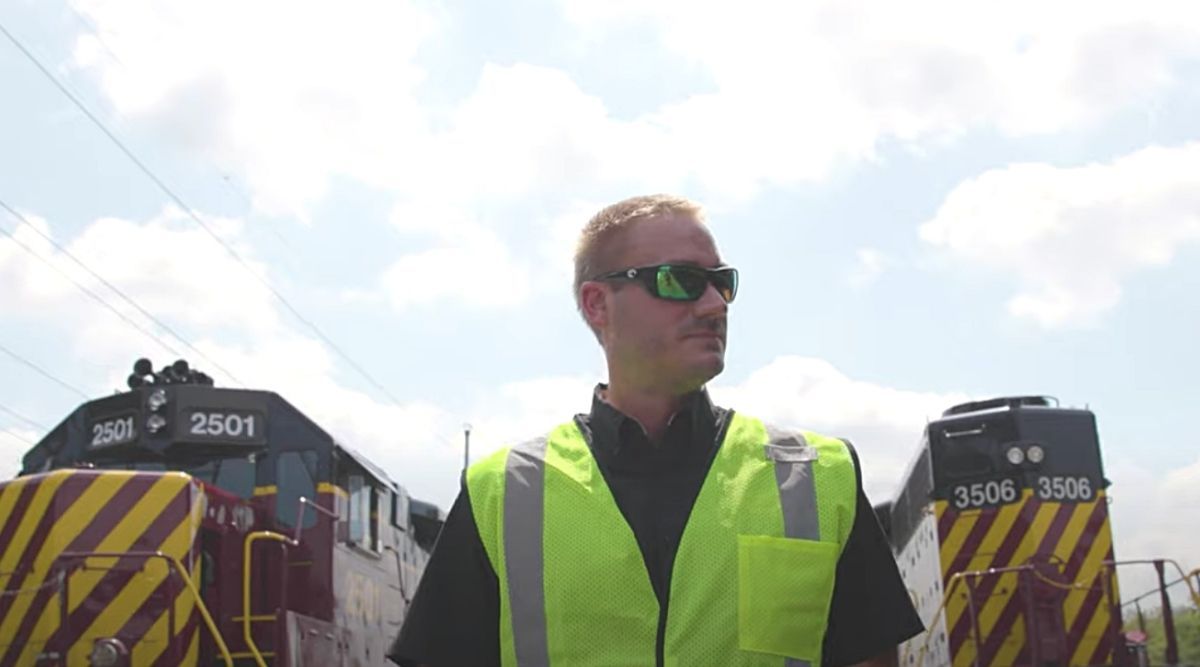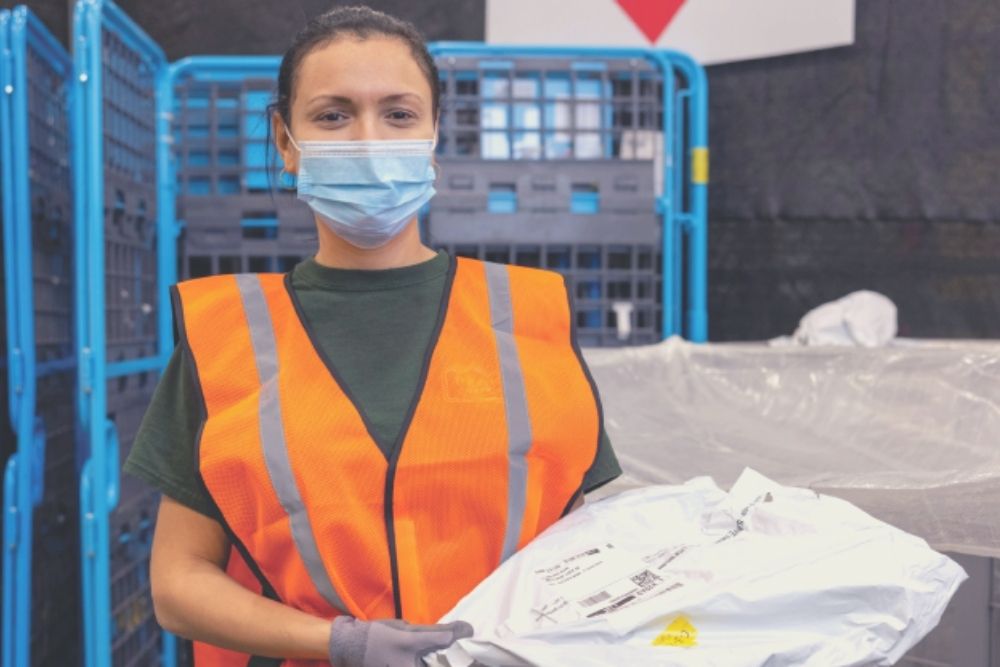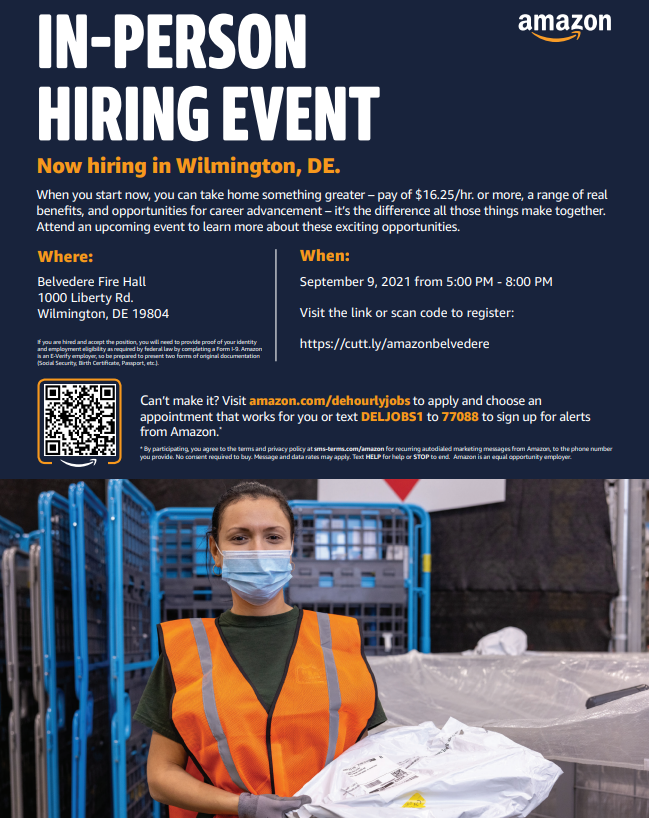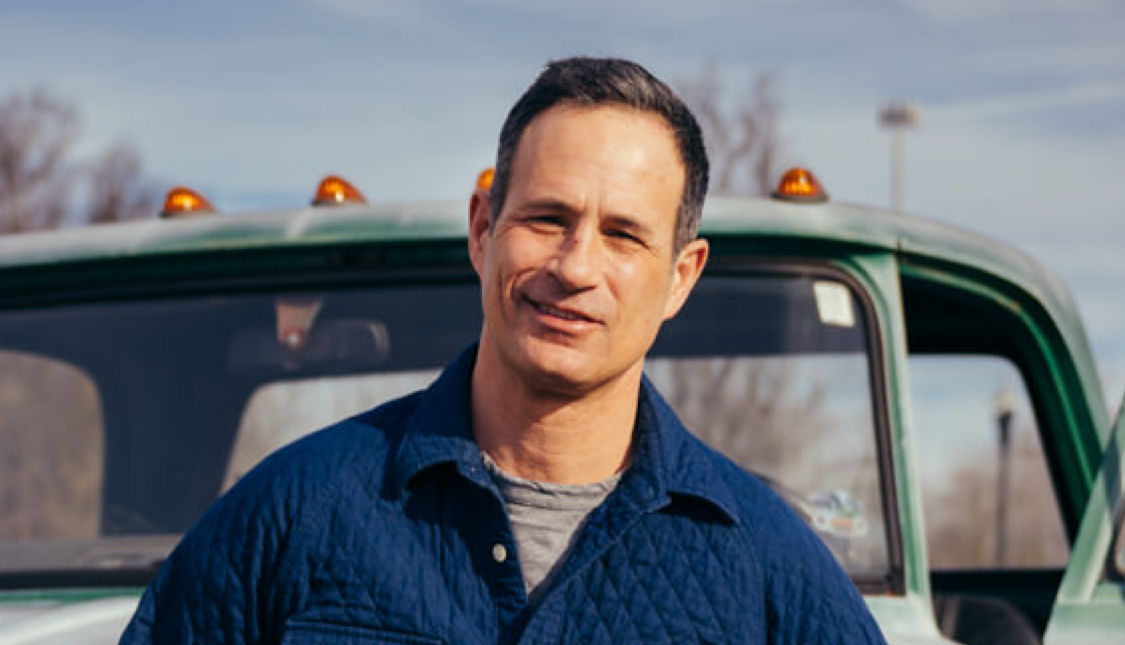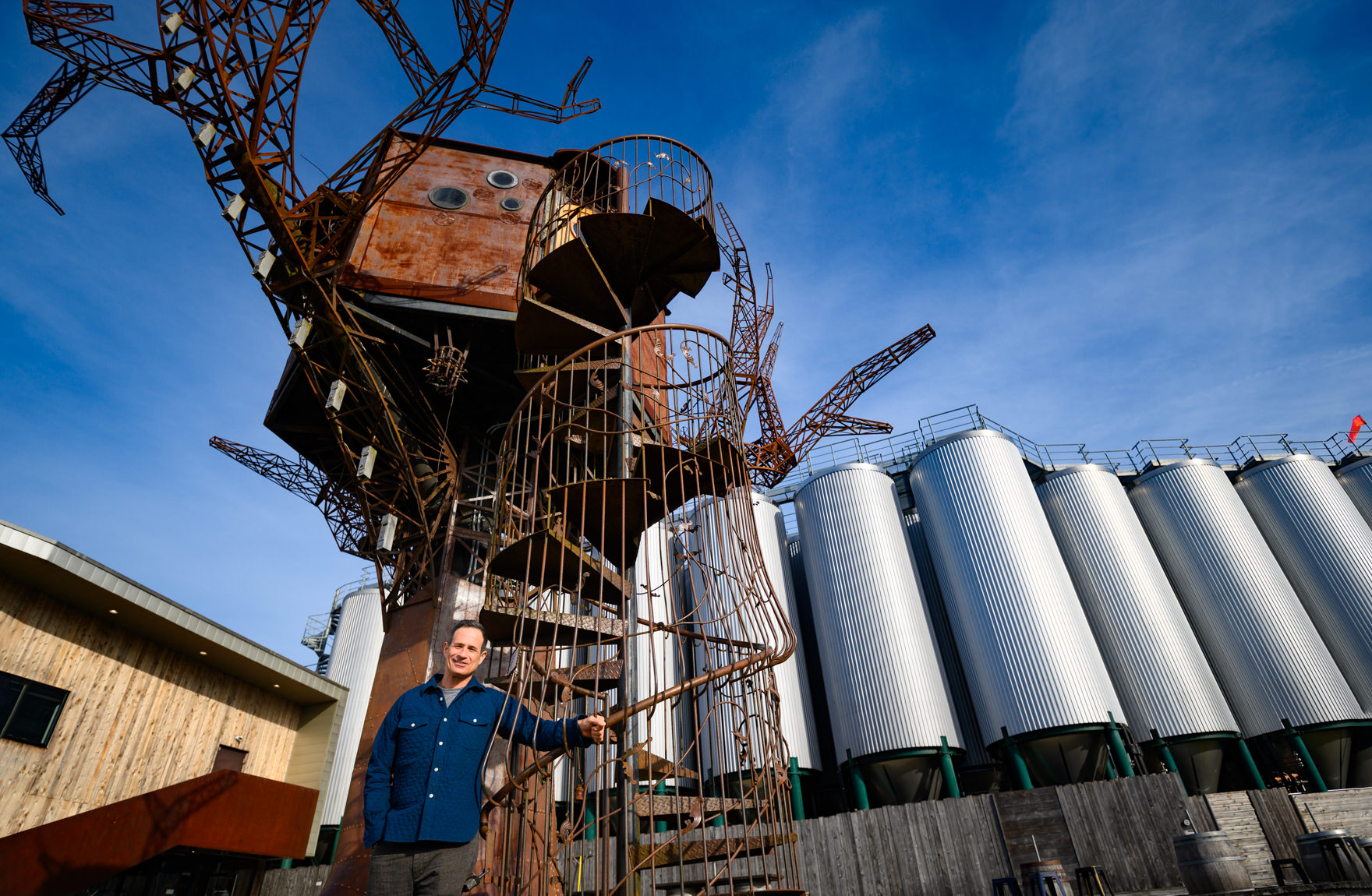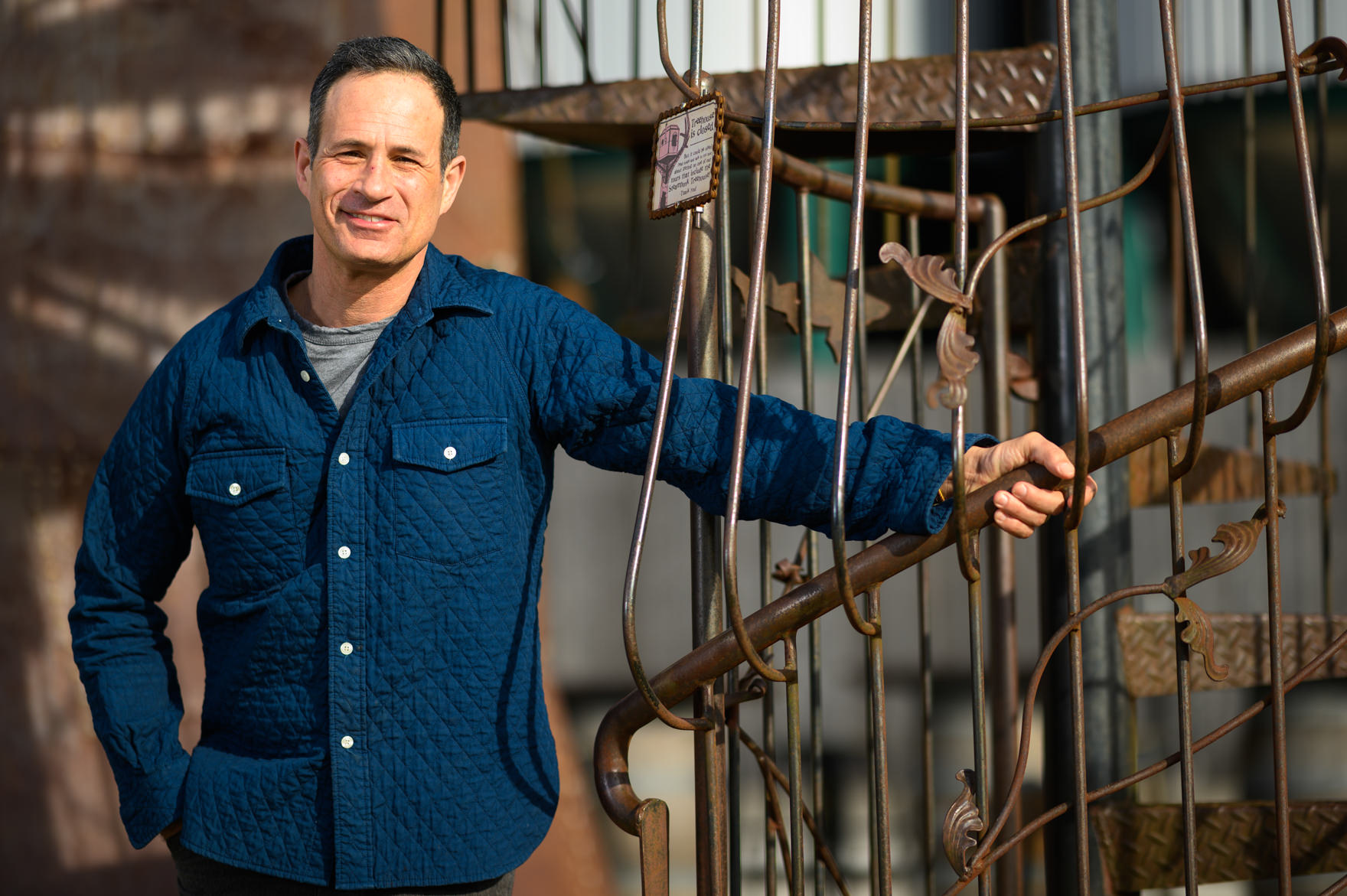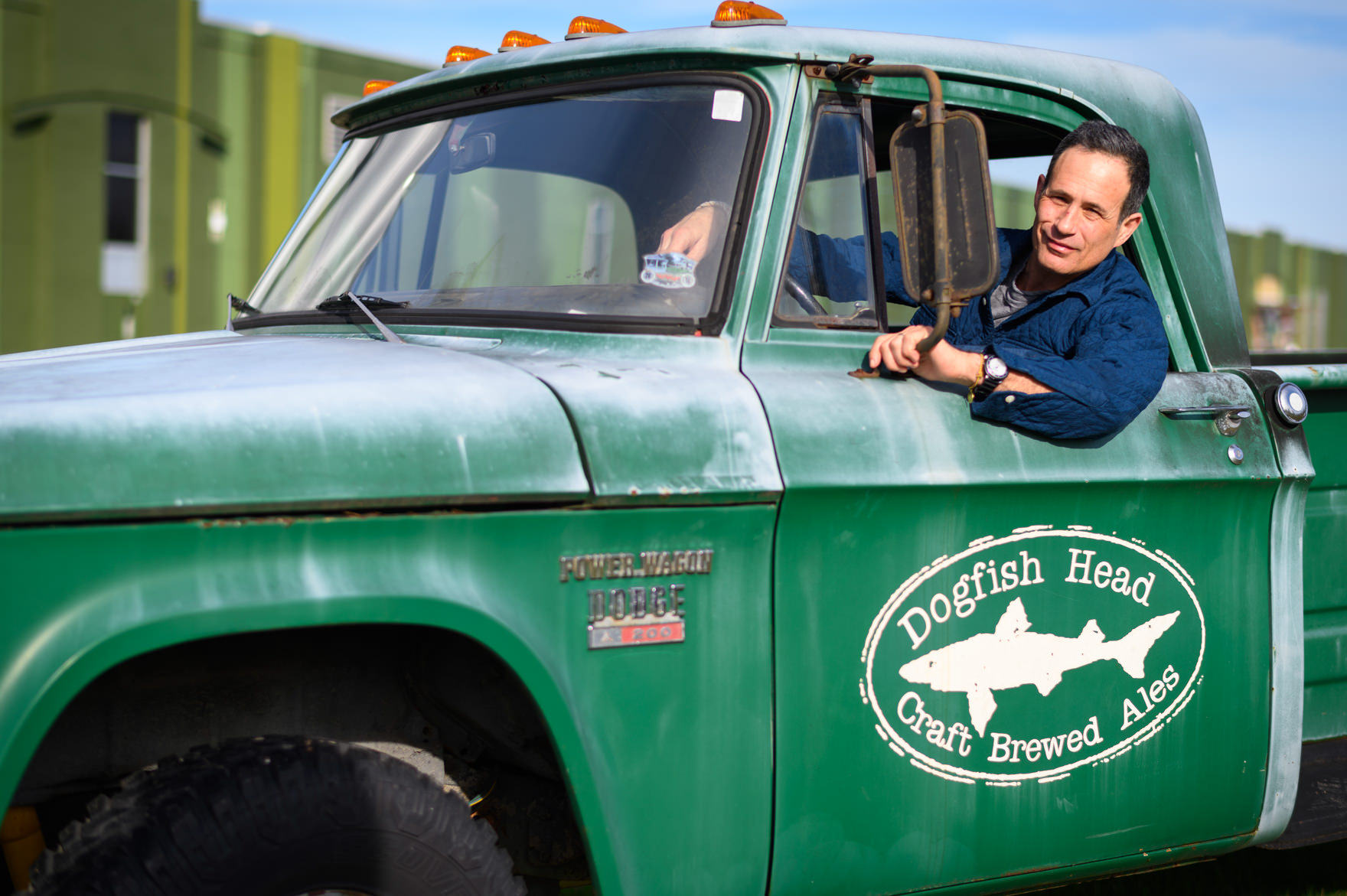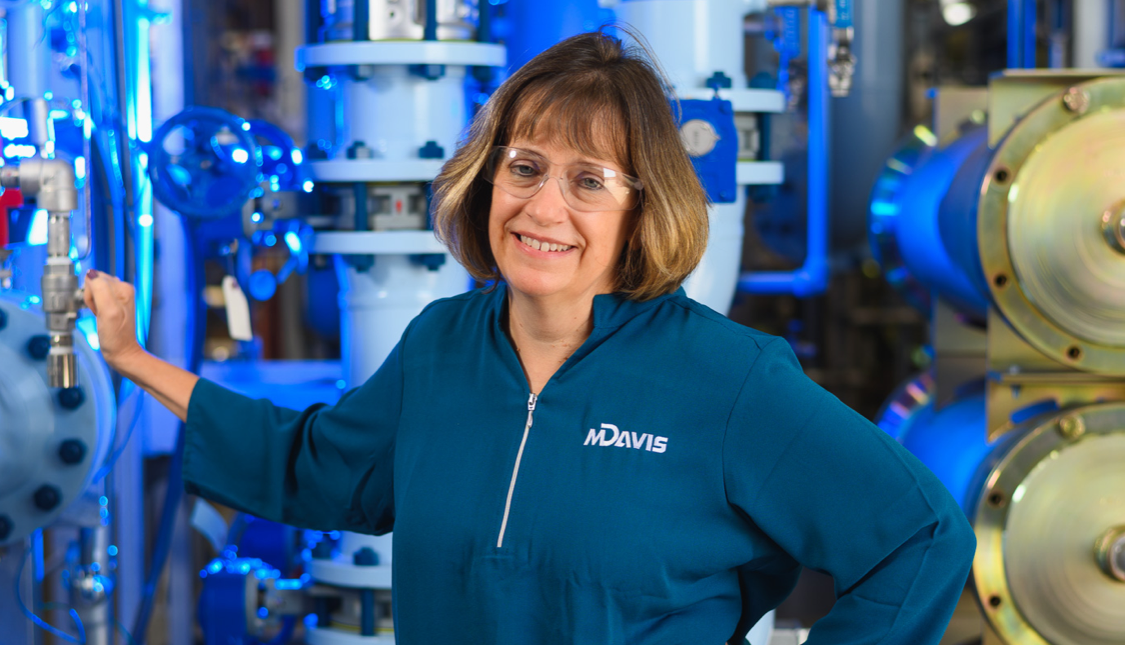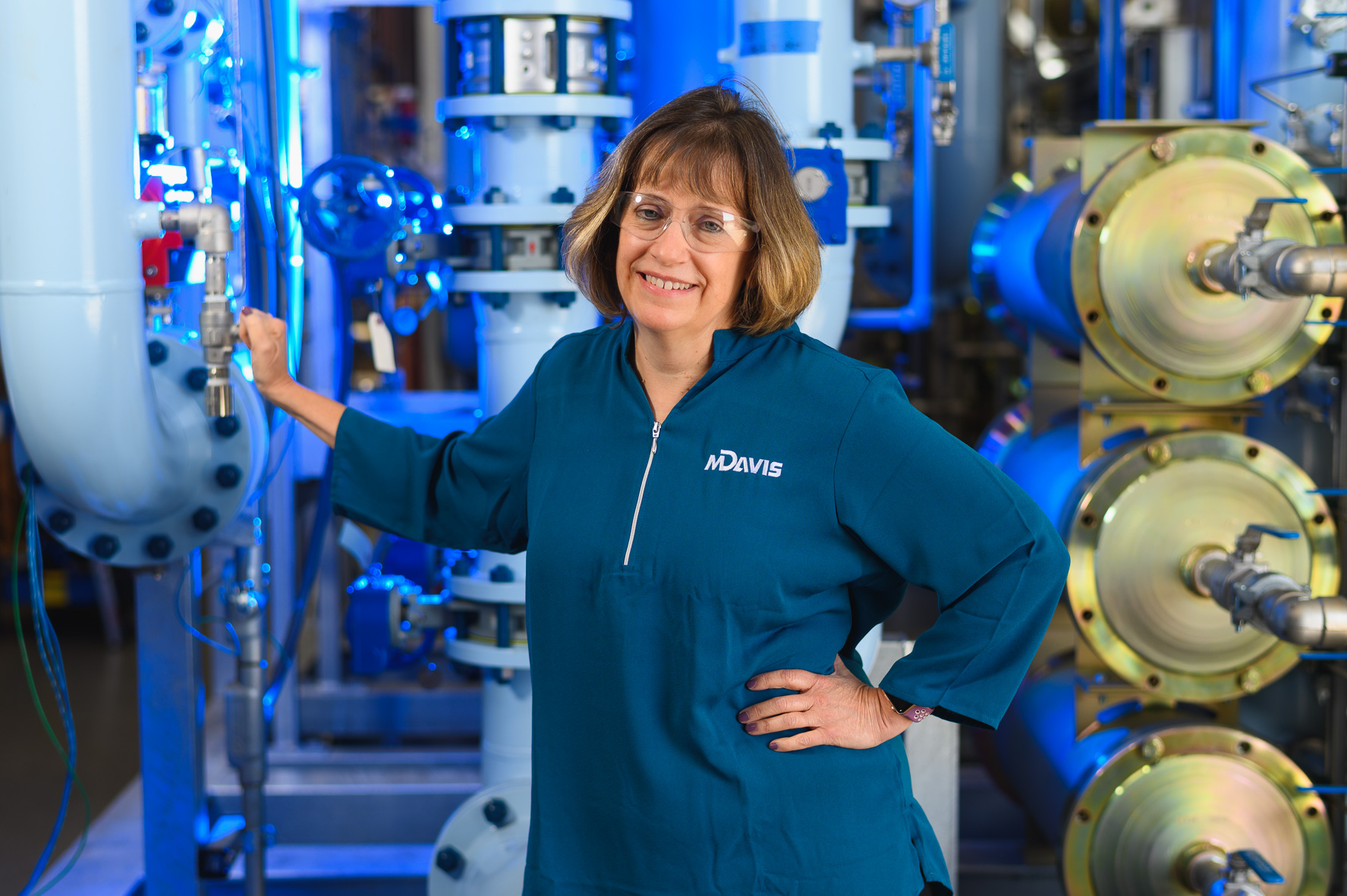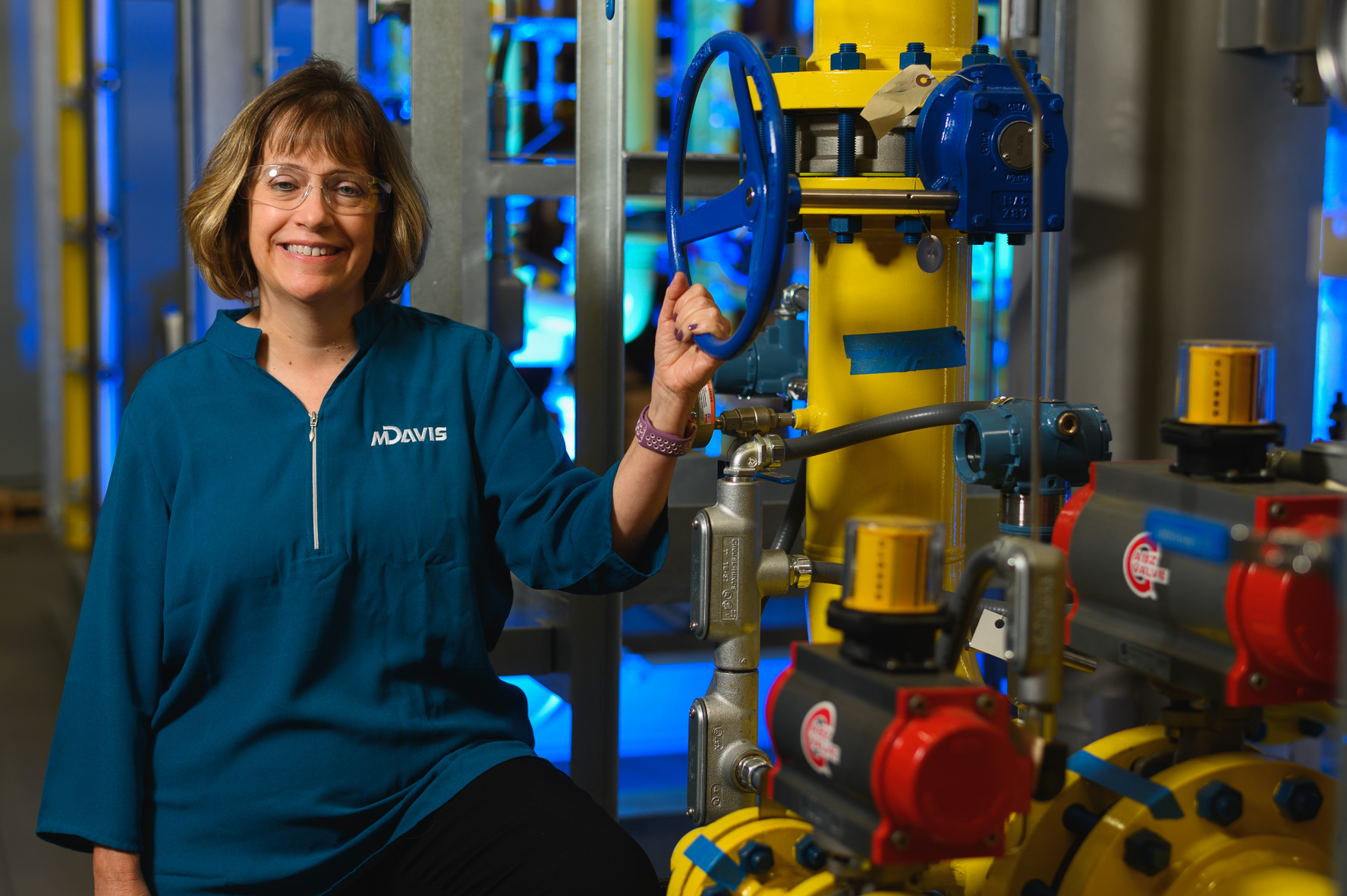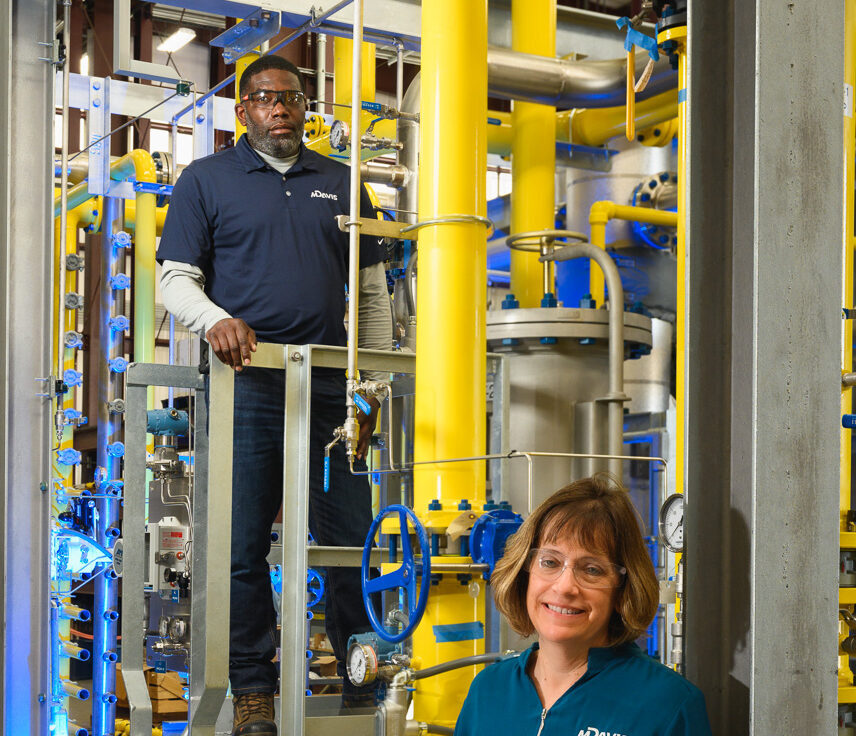UOVO Protects Precious Artworks and Collectibles in Delaware
Inspired by Hurricane Sandy, UOVO specializes in storage of precious artworks and collectibles
The final days of October 2012 wrought havoc on the eastern seaboard from Florida to Maine as Hurricane Sandy moved from Jamaica up the U.S. coast, its post-tropical remnants eventually merging with a nor’easter off the coast of New Jersey and turning west to slam into northern New Jersey and New York City.
The storm inflicted an estimated $78.7 billion in damages along its path, and the flooding of lower Manhattan also dealt a violent blow to the galleries in Chelsea at the center of the city’s contemporary art community, with one art dealer estimating that the losses to the art world would total in the “hundreds and hundreds of billions of dollars.”
Among those who suddenly realized how vulnerable artwork and priceless collectibles could be in the face of Mother Nature were Steven Guttman, a prominent collector of contemporary art and modern furniture, and fellow collectors Steve Novenstein and Nick Coslov, executives in the self-storage company Storage Deluxe. Novenstein and Coslov had already created an art storage facility in the Bronx as an offshoot of Storage Deluxe when the three recognized a need in the market for safer and more secure art storage on a much larger scale.
From that idea born of tragedy, the three created UOVO, a dedicated art storage and services company that opened its first facility in New York’s Long Island City in 2014. The company has now expanded nationwide and includes a 50,000-square-foot facility in Newark, Delaware.
UOVO, which means “egg” in Italian, does what the name might suggest – protecting delicate and valuable artworks and collectibles for private clients, artists, corporations and museums.
At eight floors and 280,000 square feet, the Long Island City location was the first of its kind, said Andrew Barron, Director of Marketing for UOVO. “It was really remarkable in terms of the architectural ingenuity, the level of detail and the security climate.”
Since then, the company has expanded to include three more facilities in the New York metropolitan area – one in Brooklyn and two in Rockland County – as well as West Palm Beach and Miami in Florida, two facilities in the San Francisco Bay area, and Delaware. Additional facilities in Denver, Colorado, and Dallas, Texas, are forthcoming this year.
For those not plugged into the world of museums and fine art, it might come as a surprise that such a network of storage facilities didn’t already exist. But Barron notes that much of the transport and storage of art previously was handled by traditional moving companies.
“The industry was pretty mom-and-pop and emerged in tandem with the contemporary art world,” he said. “With UOVO, we redefined the industry standard. At our facilities, we have a number of gallery-quality viewing rooms for clients to use for private showings and photoshoots and for conservators to use for conservation work. I would say that, before UOVO, art storage facilities weren’t places anyone went to visit. UOVO really recentered the facility as a space where collectors, museum professionals, gallery registrar advisors and other types of clients want to be.”
The UOVO buildings themselves are distinctive but unassuming, similar to any anonymous but well-designed office building you might see on the edge of a large city or along a stretch of interstate. But what they lack in exterior flash they make up for with amenities, safety and security.
Lobbies and public spaces are designed to be warm and welcoming – more like the lobby of an upscale office building than a warehouse – and some sites include client cafés with cold brew on tap.
“We really invest in the client experience, and we think of our client experience team, along with our account managers, as the face of the brand,” Barron said. “It’s the first interaction a lot of clients have with us.”
Security is discrete but high, and buildings are designed with safety features based on their locations. The south Florida facilities are hardened against flooding and Class 5 hurricanes, while the California sites are designed to withstand earthquakes and wildfires.
UOVO clients can range from private collectors, galleries, large and small museums and art brokers, all of whom can use the UOVO sites in different ways, Barron said. For private collectors, UOVO allows them to rotate art through their homes, knowing that what isn’t currently hung is safely stored. Private dealers appreciate the viewing rooms for showing works to clients, especially if the dealers don’t maintain their own brick-and-mortar galleries. Those traditional galleries, meanwhile, can use UOVO as a space to display works outside of their exhibition schedule for a potential buyer.
On the surface, UOVO’s decision to add a storage facility in Delaware might seem incongruous, but Barron said it makes perfect sense for the type of clients UOVO serves.
“Specifically thinking about New York and south Florida, as we expanded beyond the New York metro region, we thought about the different points of connectivity that matter most to our clients,” he said. “And we hadn’t had a way to service those clients, specifically institutional clients, who are based closer to Delaware, whether it’s Philadelphia, Washington, D.C., or Baltimore. So having the Delaware facility creates a space between New York and Florida and really gives us that network all along the eastern seaboard.”
And as Delawareans know, there’s no shortage of museums, historic homes and estates, and private collectors in the First State. Barron said UOVO’s presence will provide the resources to these clients that might have previously been out of reach.
“We accommodate all kinds of clients. In looking at institutional clients, we service world renowned museums and also small, local museums who are really community-based and -focused but who also have logistics or storage needs,” Barron said. “So certainly, it’s about servicing local enterprises as much as it is about being a point of connectivity for our national network.”
In coming to Delaware, Barron said the partnerships it formed through the Delaware Prosperity Partnership eased its entry into the First State. UOVO has since returned the favor by embarking on a five-year partnership with the University of Delaware’s Museum Studies program. Called Collections Aid, the program allows graduate students to get hands-on collection management experience at local museums and archives.
“It also helps these smaller institutions that maybe don’t have in-house staff members to do some of the work they need,” he said. “It’s a win-win for the community.”
This article was originally posted on the Delaware Prosperity Partnership website at: https://www.choosedelaware.com/success-stories/uovo-chooses-delaware/
